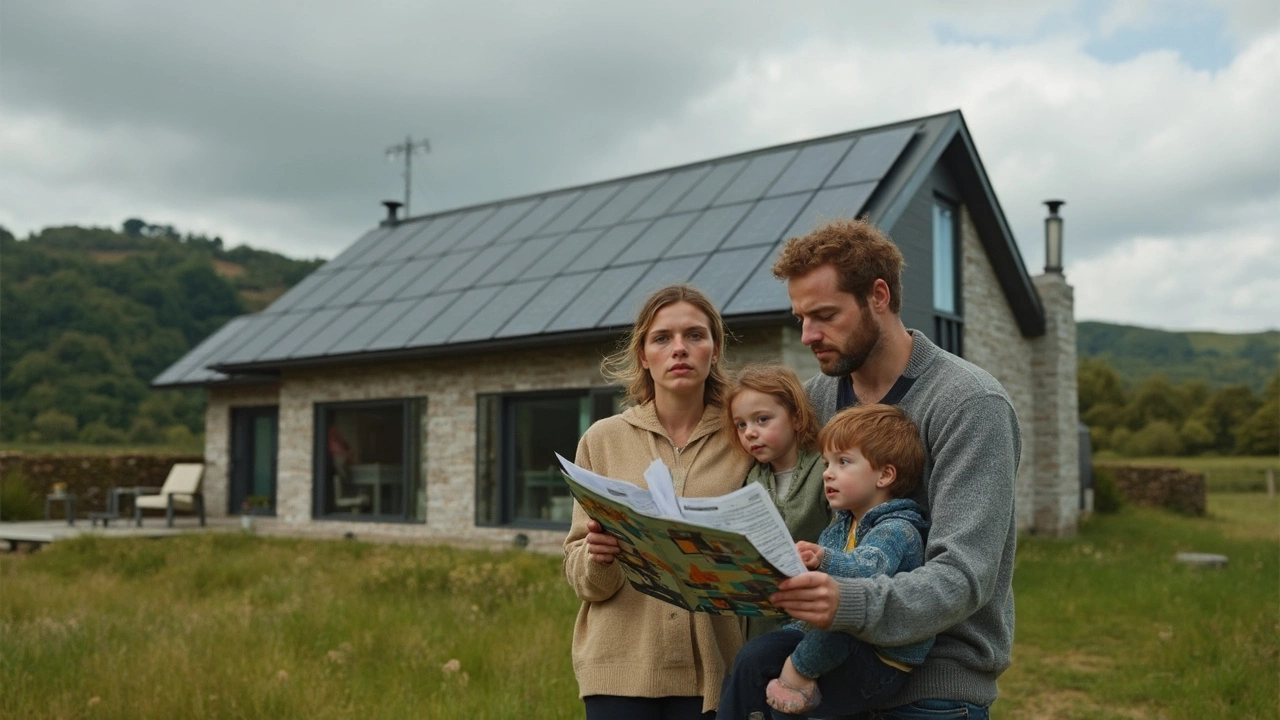Green Building Disadvantages – The Real Issues to Watch
Thinking about a green home? Sustainable design sounds great, but it’s not always a smooth ride. Below we break down the most common problems people hit when they choose eco‑friendly building methods.
Higher Up‑Front Costs
Eco‑friendly materials and energy‑saving systems usually cost more than standard options. Solar panels, high‑performance windows, and insulated concrete blocks can add 10‑25% to the budget. Many buyers don’t expect that jump, and financing can become trickier when the loan amount climbs.
Design Limits and Material Shortages
Green building often means working with a tighter set of materials. Not every style or shape works with recycled timber or low‑VOC finishes. If you love a modern open plan, you might find limited options for structural timber that meets green standards. In some areas, suppliers run low on certified products, causing delays.
Beyond design, the performance of green systems can fall short of promises. A well‑insulated wall should keep heat in, but if the installation isn’t perfect, you’ll still see drafts and higher bills. The same goes for heat‑pump systems that struggle in extreme cold.
Regulatory Hurdles
Local building codes don’t always line up with green standards. Getting approval for a rain‑water harvesting system or a living roof can require extra paperwork, inspections, and time. Those extra steps add stress and cost, especially for first‑time builders.
Sometimes, a green feature that looks good on paper isn’t allowed in a particular zone. That means you might have to scrap a planned solar array or change the roof pitch, which can be disappointing and costly.
Resale and Market Perception
Potential buyers often don’t know the value of green features. A house with a solar setup might sell for less if the market isn’t familiar with the savings. Some buyers even view green homes as “niche” and shy away, affecting your resale price.
On the flip side, owners sometimes underestimate maintenance. A green roof needs regular care; low‑maintenance claims can be misleading. If the upkeep is ignored, the system can fail and become an expensive repair.
Hidden Risks and Greenwashing
Not every “green” label means real benefit. Some developers use green marketing without proper certification. That’s called greenwashing, and it can leave you paying premium prices for features that don’t deliver energy savings.
Do your homework: check for third‑party certifications like BREEAM or LEED, and ask for performance data. Knowing the exact specifications helps avoid surprise costs down the line.
In short, green building offers big rewards, but it also brings higher costs, design constraints, regulatory hoops, resale quirks, and maintenance challenges. By understanding these downsides early, you can plan smarter, budget realistic, and pick the right green solutions for your home.

Disadvantages of Eco Homes: Hidden Costs, Maintenance, and Challenges
Eco homes sound perfect, but they're not flawless. Learn about hidden costs, tricky maintenance, and frustrating hurdles people rarely mention.
Continue Reading